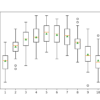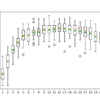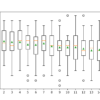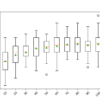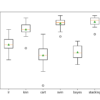The Gradient Boosting Machine is a powerful ensemble machine learning algorithm that uses decision trees. Boosting is a general ensemble technique that involves sequentially adding models to the ensemble where subsequent models correct the performance of prior models. AdaBoost was the first algorithm to deliver on the promise of boosting. Gradient boosting is a generalization […]
